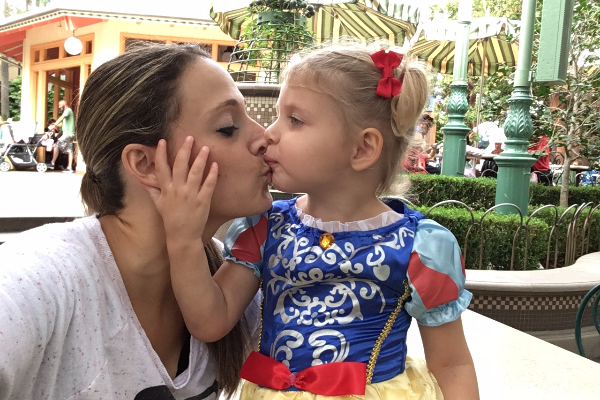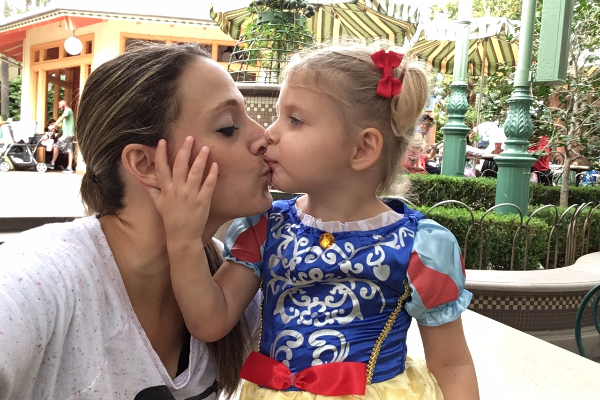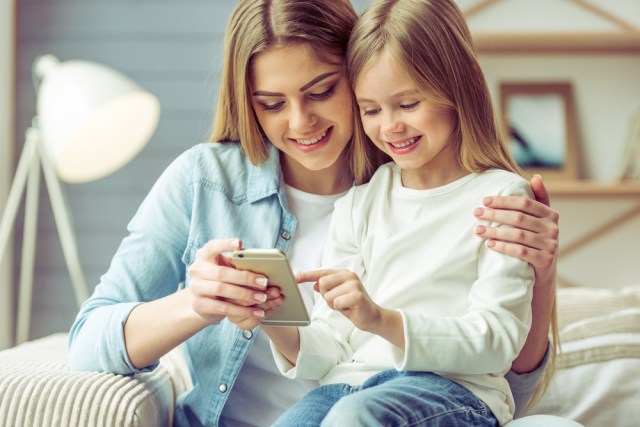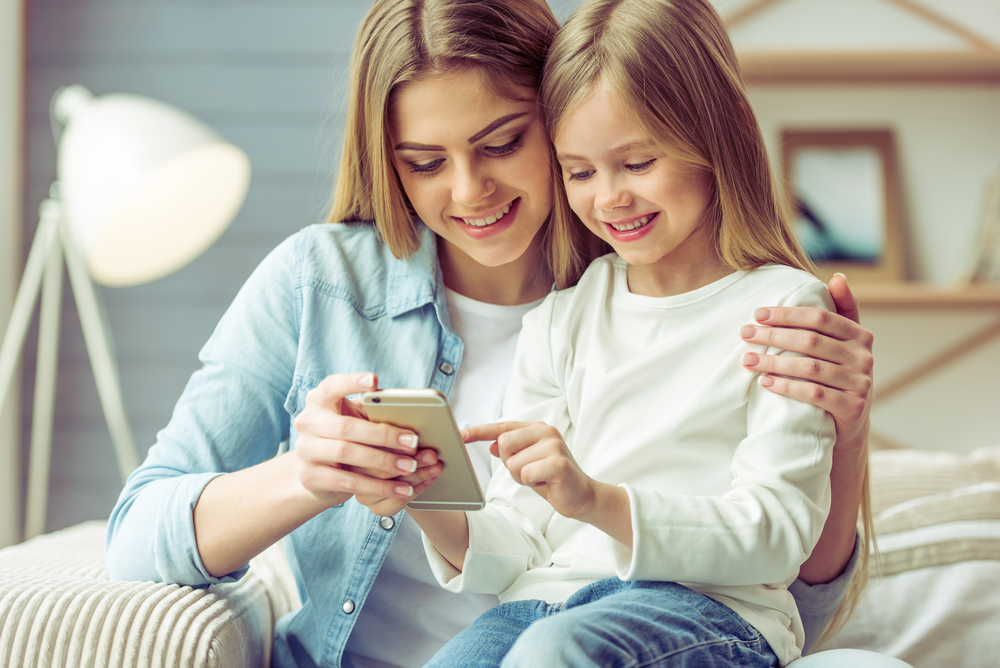
My husband recently went to a few work dinners with colleagues. You know, the kind that involves a certain level of schmoozing with vendors and a good amount of red meat. He also has the opportunity to meet up with work friends during his workday lunches.
Coming home from one particular work dinner, I just couldn’t stand it anymore.
I hadn’t worn a bra all day and I wasn’t able to shower until 3pm. Not by choice. Samantha was sick, I was sick, the house was a mess (to say the least), laundry was needed and our dishes were overflowing out of the sink.
I ended up spending the day deep cleaning bathrooms and trying to keep my toddler entertained while fighting off the urge to turn on Elmo for her.
HUSBAND: “We went to Clifton’s in Downtown LA…They are known for their fried chicken, but I had pork, it was good. The restaurant has a really cool ambiance. Definitely an after-work bar atmosphere.”
ME: “So..what was it like?”
HUSBAND: “What was what like?”
ME: “Having an uninterrupted dinner? Describe the meat for me. Did it melt in your mouth? Did you get a side? What music were they playing? Did you get to have a discussion about the weather? The election? Did you get to eat your meal without someone crawling into your lap and hounding you for another cup of juice, a graham cracker, a cookie, a story, a show, a tissue, a…..I NEED A BREAK!!!!”
Whoa. Catherine has officially lost all her marbles. Seriously. They shot out everywhere and her poor husband didn’t even get a chance to run for cover.
Peyton calmly approached the scene of the massacre…”well why didn’t you say so? I would love to watch Samantha for you when I come home from work. Go get a pedicure. Go to the store alone. Go drive-true McDonalds and get 3 sugar cookies and a diet coke. Do. It.” It was at this time that I truly knew this man loved me (and my addiction to McDonalds sugar cookies. Seriously, have you had them?)
I stepped back and realized that I have been overloading my plate with numerous (and UNNECESSARY errands) like Lowes (for spray paint!) and Joanns (for unneeded craft projects). Don’t even get me started on all the countless trips to HomeGoods to try and find The. Perfect. Bathroom. Rug. (helpful side note- It doesn’t exist.)
So I took up him on the offer. I mean…of course I did. I went to Ralphs. I took my dang sweet time perusing the dairy aisle. Wow, whats this new yogurt? Ohhhh, Halloween candy. You know, all the things that you don’t get to look at when your toddler is running away from you and spilling juice in aisle 10?
It was glorious. I got everything on my list, and a candy bar at check out because I didn’t have to share it with a two year old on my ride home. I was able to find out that they do indeed have Israeli Cous Cous (aisle 5) and the frozen fruit for smoothies is actually next to the frozen pizza, NOT the frozen vegetables, like you would’ve thought.
I came to the realization that I need to do this more often. I need to take a freaking break. I have come to understand that my brain becomes to mush after 5pm. Somewhere in between incentives of chocolate chips for potty training and trying to reason with someone wearing a Rapunzel dress, bad things happen to a good person.
So now, I vow to take a break. Will you? Take a breather. Step back from the messy house and walk (or run) to the nearest mall without feeling SHAMEFUL for being honest with yourself for needing some quiet time.
I can’t do it all. I can’t even do half of it. But one day I will. Not today. But someday. Today I will take a mommy time-out, go get a $1 Diet Coke, and I will be a better person when I come back to Rapunzel. Join me on this adventure. Say it with me, I will not be ASHAMED of my needs for a break!
Okay, thats enough. Peyton is home and I am heading to the library so I can sit uninterrupted for 30 minutes and read a book I can’t put down. Peace Out.
Huge Shout out and fist bumps to the husbands (especially mine) who let us have 2 seconds to ourselves and encourage us to take a break. These men have learned the true value of “happy wife, happy life,” and I adore them for it.




















